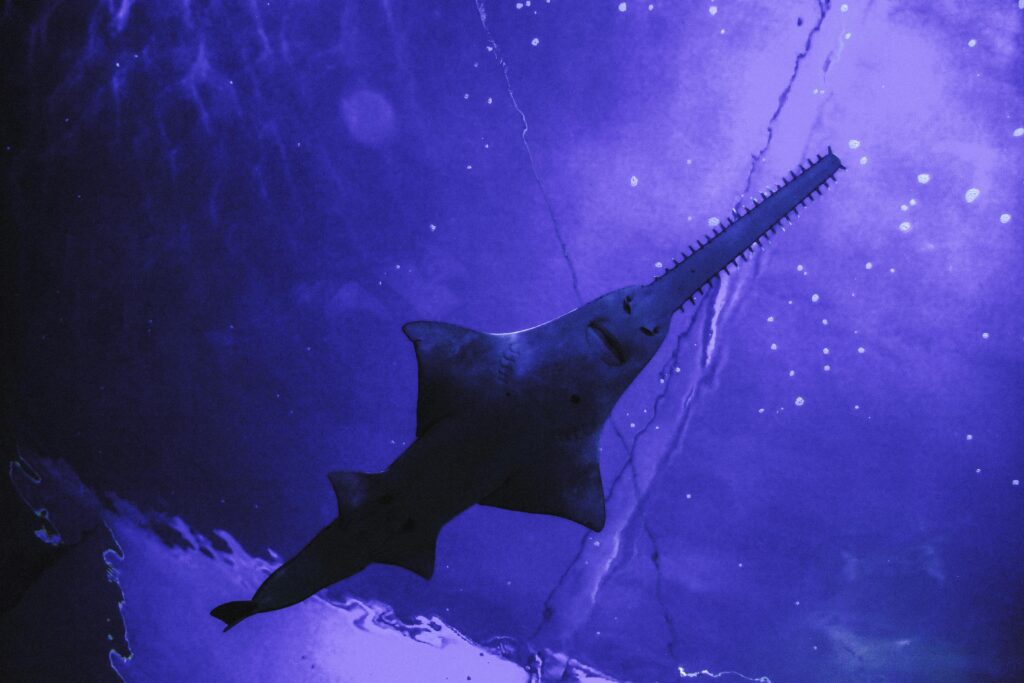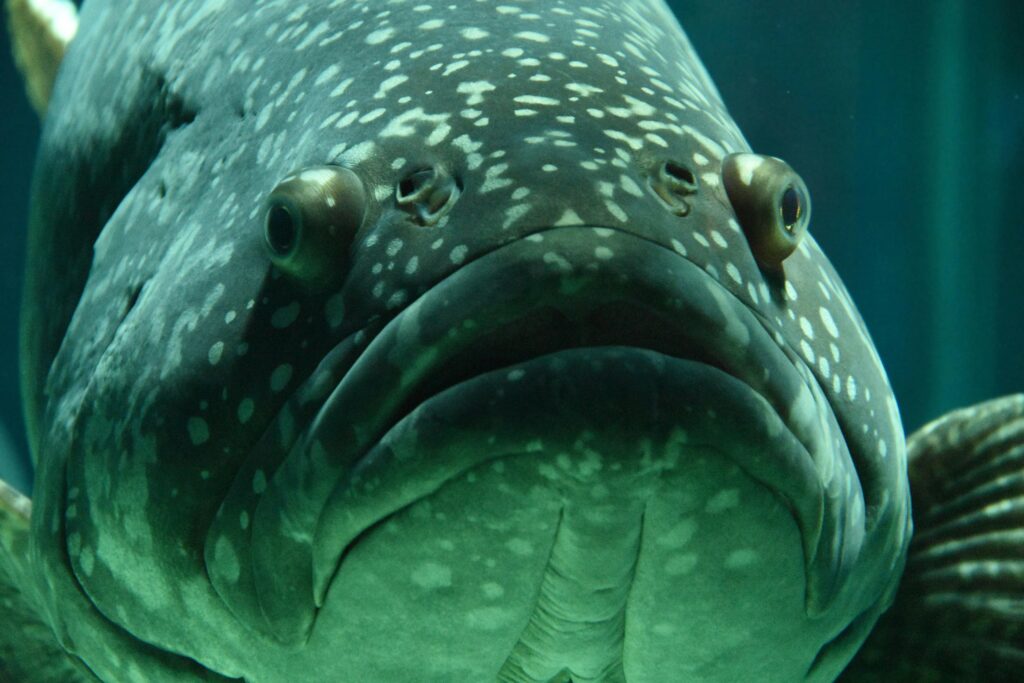what is the rarest fish ?

Fish represent a remarkable spectrum of biodiversity, populating every aquatic corner from the vast oceans to the smallest streams. However, there exists a select group of these finned denizens whose scarcity makes them almost mythical. These rare fish are often tucked away in secluded waters, face the threat of overfishing, or battle for survival amidst shifting ecosystems. Join us as we delve into the lives of ten such extraordinary fish, shedding light on their distinct traits and the pressing threats to their existence.
What Makes a Fish Rare?
Before diving into the list, it’s essential to understand what makes a fish rare. A species may be considered rare due to its limited population size, restricted geographical range, or specific environmental needs. Factors such as habitat destruction, climate change, and illegal fishing have also contributed to the declining numbers of these species. Conservation efforts are vital to protect these incredible creatures from extinction.
1:Devils Hole Pupfish (Cyprinodon diabolis)

The Devils Hole pupfish, a species often hailed as the world’s most unique fish, resides exclusively in a solitary, deep aquatic cavern within Nevada’s arid landscape. Remarkably adapted to its harsh, isolated ecosystem, this fish represents a marvel of natural selection. Alarmingly, the wild population hovers at a mere estimated 100, showcasing a volatile existence. The pupfish’s limited and delicate habitat necessitates vigilant conservation efforts to safeguard its continued existence. Conservationists diligently observe this tiny enclave, striving to protect the pupfish against the looming threat of extinction.
2:Coelacanth (Latimeria chalumnae)

Once believed to have vanished from the Earth millions of years ago, the coelacanth emerged from the depths of history off South Africa’s shores in 1938. This ancient swimmer is dubbed a “living fossil,” a testament to its minimal evolutionary alterations across a staggering 400 million-year timeline. While it steers clear of the critically endangered list, the coelacanth remains a scarce marvel, lurking in the profound marine abyss near the coasts of Indonesia and Madagascar.
3:Red Handfish (Thymichthys politus)

In the vast blue depths of the ocean, there exists a peculiar fish that defies the norm – the red handfish. Unlike its aquatic counterparts, this extraordinary species prefers to stroll along the ocean floor with its fin-like “hands” rather than swimming. This unique mode of travel is not just a quirk but a necessity, as the red handfish is found solely in the limited and isolated areas off Tasmania’s coast in Australia.
With an estimated population of less than 100, the red handfish is an incredibly rare sight. Its vibrant color and the remarkable way it ambles across the seabed render it not just an oddity of nature, but also a symbol of the ocean’s hidden wonders. The red handfish’s rarity and secretive lifestyle continue to intrigue and mystify marine biologists and nature enthusiasts alike.
This fish’s distinctiveness extends beyond its locomotion; it is a living testament to the diverse and often surprising adaptations that marine life has evolved. The red handfish’s existence is a reminder of the delicate balance of our ocean’s ecosystems and the urgent need to protect such unique species from the brink of extinction. As we delve deeper into understanding this enigmatic creature, we are reminded of the vast mysteries that our oceans hold and the importance of preserving them for future generations to marvel at and study.
4:Adriatic Sturgeon (Acipenser naccarii)

The Adriatic sturgeon, a majestic fish that calls the rivers of the Adriatic Sea basin home, is facing a dire situation. This species is teetering on the edge of extinction, with its numbers dwindling at an alarming rate. The causes are manifold: rampant overfishing, relentless habitat destruction, and the insidious spread of pollution. These factors have conspired to push the Adriatic sturgeon to the precipice of disappearing forever.
In response to this crisis, conservationists are tirelessly working to turn the tide. Breeding programs in secure, controlled environments aim to bolster the population, with the hope of reintroducing these fish back into their natural habitats. Despite these valiant efforts, the reality remains stark—the wild populations of the Adriatic sturgeon are critically low, underscoring the urgency for increased protective measures and awareness to ensure the survival of this ancient species.
5:Sakhalin Sturgeon (Acipenser mikadoi)

The Sakhalin sturgeon, hailing from the waters of Russia and Japan, stands among the most elusive of sturgeon species. Facing the threat of extinction, it is classified as critically endangered, a status brought upon by unlawful fishing practices and the degradation of its natural habitats. These sturgeons are known for their anadromous life cycle, journeying from the nurturing freshwater rivers to the vast ocean to reproduce—a vital ritual now hindered by the impacts of human interference. Efforts to preserve this venerable species are underway, with conservation initiatives striving to prevent the loss of this irreplaceable link to our planet’s biological heritage.
6:Asian Arowana (Scleropages formosus)

The Asian arowana, often referred to as the “dragon fish,” holds a place of esteem and symbolizes wealth in various cultures, especially within Southeast Asia. Its allure in the aquarium trade has unfortunately resulted in overfishing and the degradation of its natural habitats. Recognized as an endangered species, the Asian arowana is now a rare sight in the wild, prompting the implementation of stringent conservation measures. Efforts to sustain the species through captive breeding are ongoing, yet sightings of the Asian arowana in its natural environment remain infrequent.
7:Tequila Splitfin (Zoogoneticus tequila)

The tequila splitfin, a vibrant species hailing from Mexico, faced a grim reality when it was deemed extinct in the wild. Miraculously, through the unwavering commitment of conservationists, these fish have made a triumphant return to their natural environment. Bearing the name of the majestic Tequila Volcano, the tequila splitfin is still among the most elusive of fish species. Vigilant conservation efforts continue as experts keep a watchful eye on their population, ensuring that the specter of extinction doesn’t loom over them once more.
8:Sawfish (Pristidae family)

The sawfish, a unique creature of the waters, is distinguished by its elongated, saw-like rostrum—a tool it wields with precision to navigate and capture its prey. These remarkable fish inhabit both the brackish junctions where rivers meet seas and the freshwater arteries of our planet. However, their existence hangs in a delicate balance; they are teetering on the brink of extinction. The culprits? Overfishing and the relentless encroachment upon their natural habitats.
Within the family of sawfish, five distinct species glide through the waters, each as elusive as the next. Spotting them in their natural environment has become a rarity, a testament to their dwindling numbers. In some locales, they have vanished entirely, leaving behind a silence in the ecosystems they once thrived in.
The plight of the sawfish is a poignant reminder of the fragility of marine life and the profound impact human activities have on the world’s biodiversity. It is a call to action for conservation, for a change in the way we interact with our aquatic counterparts. For without intervention, the sawfish may slip away, becoming but a whisper of legend in the vast blue expanse.
9:Giant Sea Bass (Stereolepis gigas)

The majestic giant sea bass, which graces the coastal waters of California and Mexico, faced a dire threat of extinction from overfishing. Fortunately, conservation efforts and fishing regulations have led to a modest rebound in their population. Despite this, they are still considered scarce and at risk. These colossal creatures, tipping the scales at up to 600 pounds, are vital to the health and balance of their underwater world. Their presence is not only awe-inspiring but also essential for a thriving marine environment.
10:Atlantic Bluefin Tuna (Thunnus thynnus)

The majestic Atlantic bluefin tuna, a titan of the ocean, holds a place of honor on sushi menus worldwide. This has led to its status as one of the most coveted yet overexploited fish in the seas. Valued immensely for its economic contribution, the bluefin tuna has, however, seen a significant decline in numbers over time. Conservation initiatives have been somewhat successful in reviving certain groups, but the species still faces the threat of vulnerability. This is largely due to its prolonged maturation and the relentless pursuit of its flesh in international markets.
Conclusion
The planet’s most uncommon fish are a testament to nature’s diversity, facing the brink of extinction. These aquatic marvels range from the diminutive pupfish, thriving in secluded caves, to the formidable sea bass, navigating the vast coastal realms. Their existence is pivotal for the equilibrium of marine life. To prevent their vanishing, concerted conservation actions, reinforced fishing laws, and safeguarding of habitats are imperative. The continuity of these extraordinary species hinges on our present-day commitment to their conservation.



